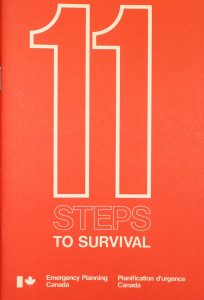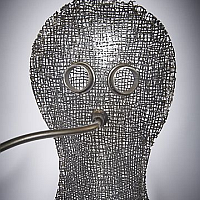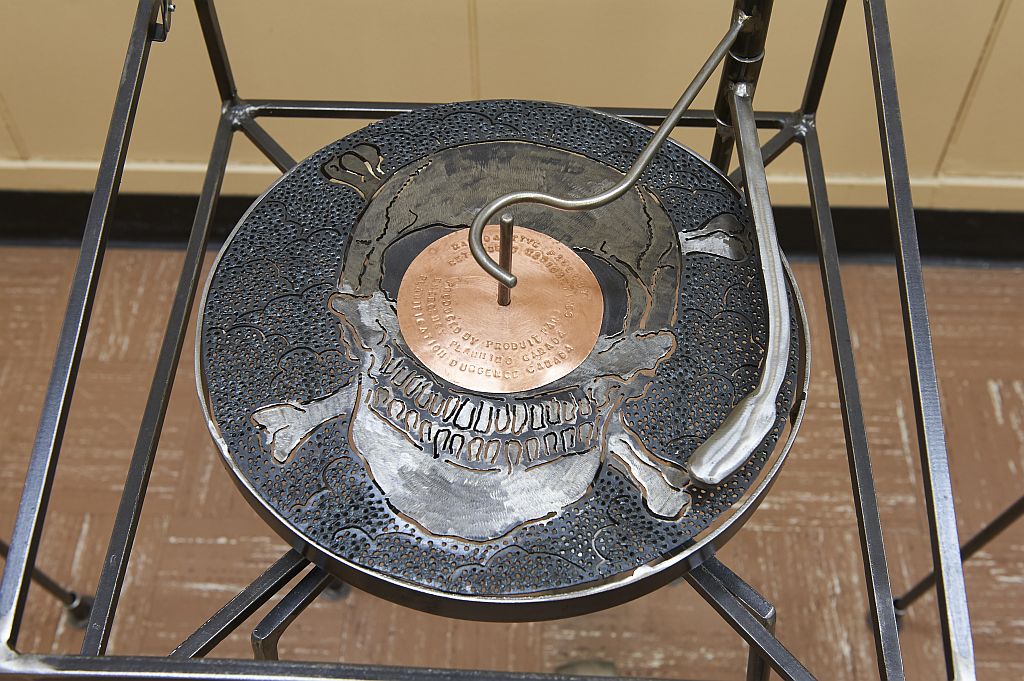Step 2: Know the Facts about Radioactive Fallout
If a nuclear weapon is exploded on, or near, the ground, the danger from radioactive fallout is greatest. The force of the explosion may make a crater up to a mile wide and to a depth of one hundred feet. Millions of tons of pulverized earth, stones, buildings and other materials are drawn up into the fireball and become radioactive. Some of the heavier particles spill out around the point of explosion. The rest are sucked up into the mushroom cloud.
Because fallout is carried so far and covers such a large area, it could be the greatest danger to the largest number of Canadians in a nuclear war. If Canada was not hit by nuclear bombs, those exploding in the United States close to our border could result in serious fallout in many parts of Canada.
Shielding
The most effective protection is to place some heavy material between yourself and the fallout. The heavier the material the better the protection.
These thicknesses of material will stop 99% of radiation:
(a) 16 inches of solid brick;
(b) 16 inches of hollow concrete blocks filled with mortar or sand;
(c) 2 feet of packed earth–3 feet if loose;
(d) 5 inches of steel;
(e) 3 inches of lead;
(f) 3 feet of water.
Excerpt from 11 Steps to Survival published by Emergency Planning Canada, 1961


